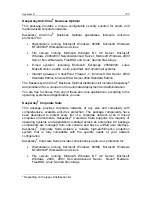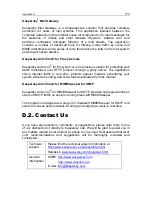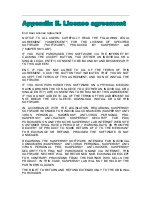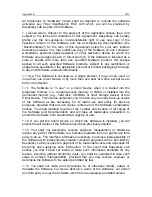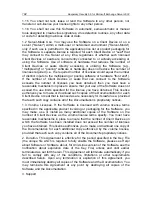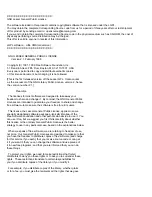
Appendix C
167
K
Kaspersky Administration Kit
– an application included into Kaspersky
Anti-Virus Business Optimal and Kaspersky Corporate Suite and designed
to provide a centralized solution for most important administration tasks
associated with managing the corporate network anti-virus security sys-
tem based on Kaspersky Lab’s applications.
Kaspersky Lab’s updates servers
– a list of http- and ftp sites of
Kaspersky Lab from which the application downloads the anti-virus and
the content filtration databases and application modules updates.
L
License key
– a file with *.
k
еу
extension that is your personal key re-
quired to use the Kaspersky Security application. The license key is in-
cluded into the product’s distribution kit if you purchased it from a Kasper-
sky Lab’s dealer or will be e-mailed to you if you purchased the product
online. The application WILL NOT WORK without a license key!
License period
– a period of time when you are granted the right to use
all features of the application. The license period is determined by the li-
cense key; a standard license period is one year after the license key is
installed. After the license expires, the application functionality will be re-
stricted.
M
Management console
– a component of Kaspersky Security for Microsoft
Exchange Server 2003. Management Console provides the user interface
for managing the administration services of the application and for config-
uring settings and managing the server component. The management
module is implemented as the Microsoft Management Console (MMC) ex-
tension.
Message rejection
– a method of processing the message containing
spam attributes that involves blocking the message delivery to the recipi-
ent by the Exchange Server. This method is recommended for messages
that contain obscene language. Before the message is rejected, its copy is
saved to the backup storage (if this option is not disabled, see section 7.2,
page 67).
N
Notification template
– a template used to create notifications about in-
fected objects and spam containing messages detected during the scan.
A notification template contains a set of parameters that define the notifi-
cation procedure, the distribution method and the text of notifications to be
sent.

























